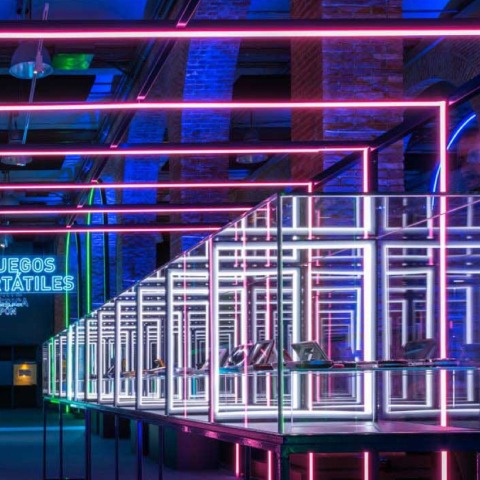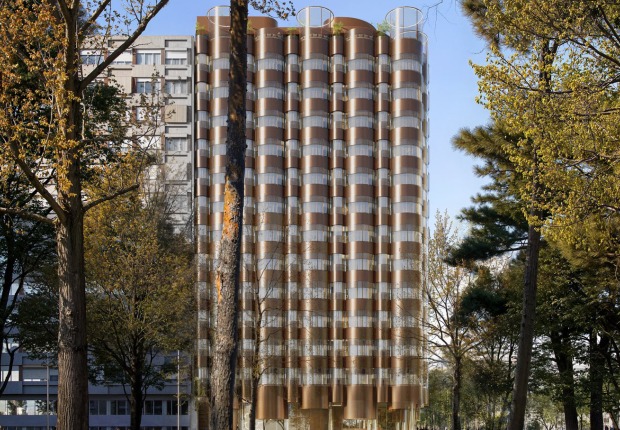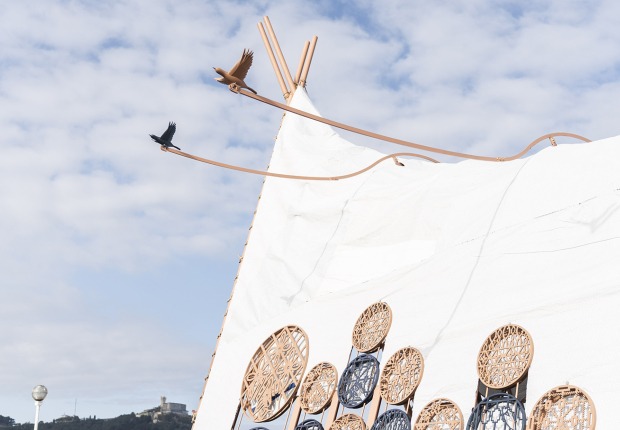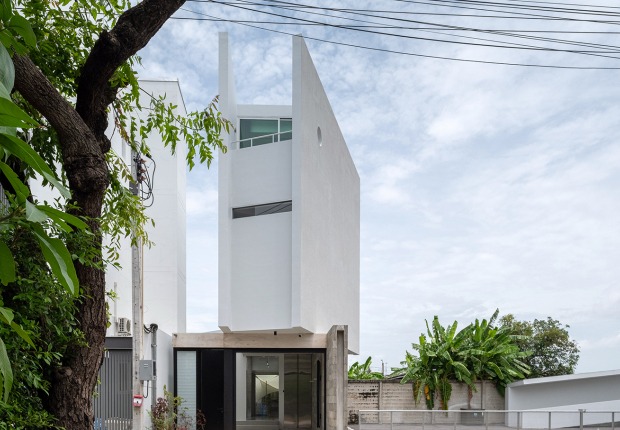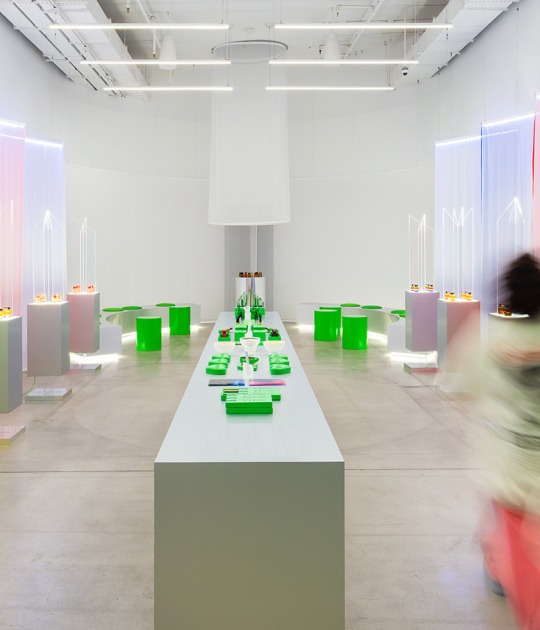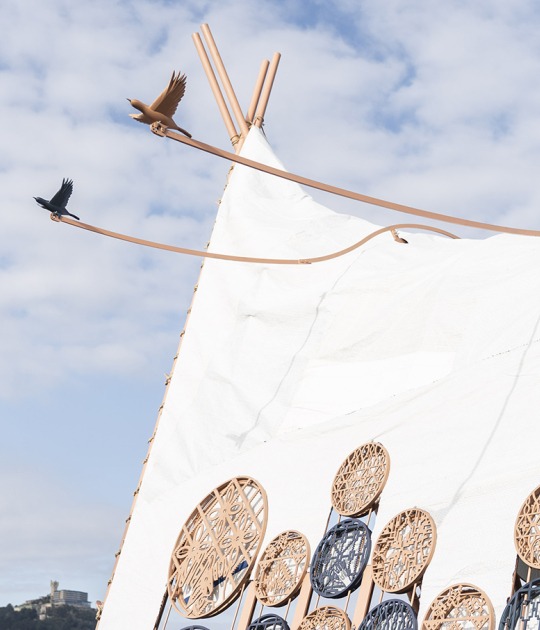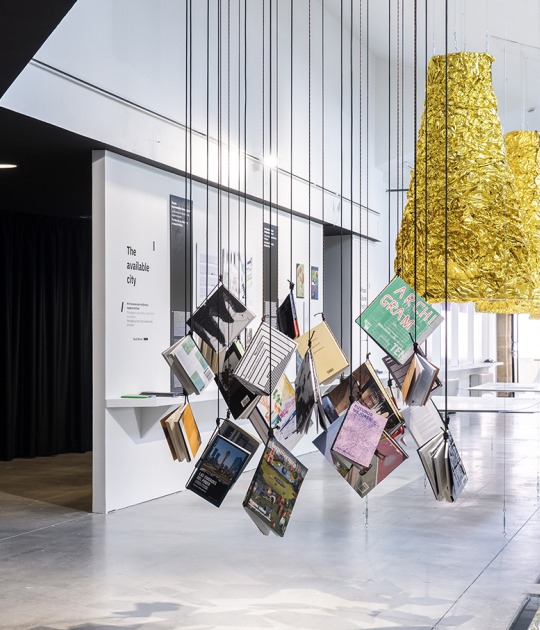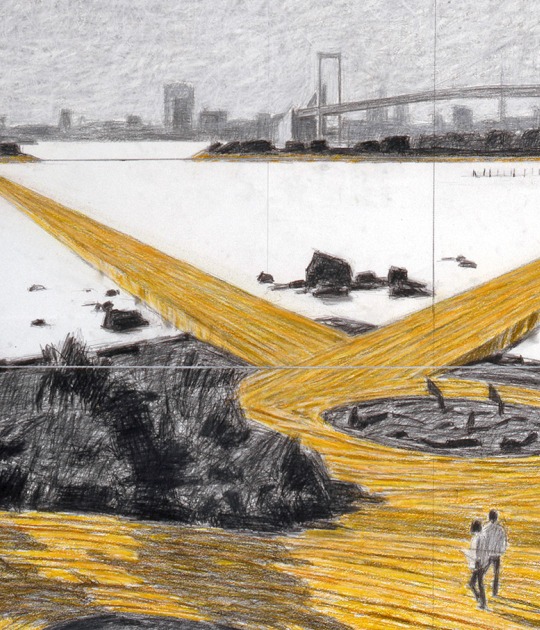Exhibition layouts always is a tough challenge, particularly at a time when everyone wants to convey unique experiences and deep emotions, and even higher when it comes to video games, 3D environments, and virtual reality.
These are the subjects of the Game On exhibition, a concept which since 2002 - when the Barbican Centre first showed it in London - has toured to over 30 countries to tell the story of the history and culture of video games.
Throughout 2,500 square meters of exhibition space, the visitor was able to take a tour of 15 thematic sections from the first video games and arcade games to simulation games, children, laptops, multiplayer, to a review of the technologies that have been shaping new game possibilities.

Game On exhibition by Smart & Green Design. Photograph by Javier de Paz García
The museography developed by the Smart & Green Design studio under the guide of Fernando Muñoz minimised the use of raw materials, committing to light, modular systems of standardised dimensions, which can continue to be used without generating waste. All the materials were selected for their highly environmentally friendly characteristics, and any polluting element was discarded from the outset.
Focusing on key game developments between 1962 and the present day, Game On takes a global perspective at gaming’s fascinating past and limitless future. From the colossal PDP – 1 of the early sixties to the latest industry releases, Game On examines the creative and scientific advances that have revolutionized the games we play.
The design concept of Game On in Madrid connects with the eighties, the Golden Age of videogame design. That was the time of the first experiments in design with vector graphics, with the creation of 3D environments, despite the technical limitations of the period.
A series of LED light-colored lines in sync with different rhythms and geometries creates the identity of each exhibition area. They skilfully connect with the industrial archaeology of this underground space featuring large arches and exposed brickwork. This is transformed by the artistic lines of light and a few additional architectural elements to craft an impressive setting worthy of any self-respecting videogame - an enchanted place.
